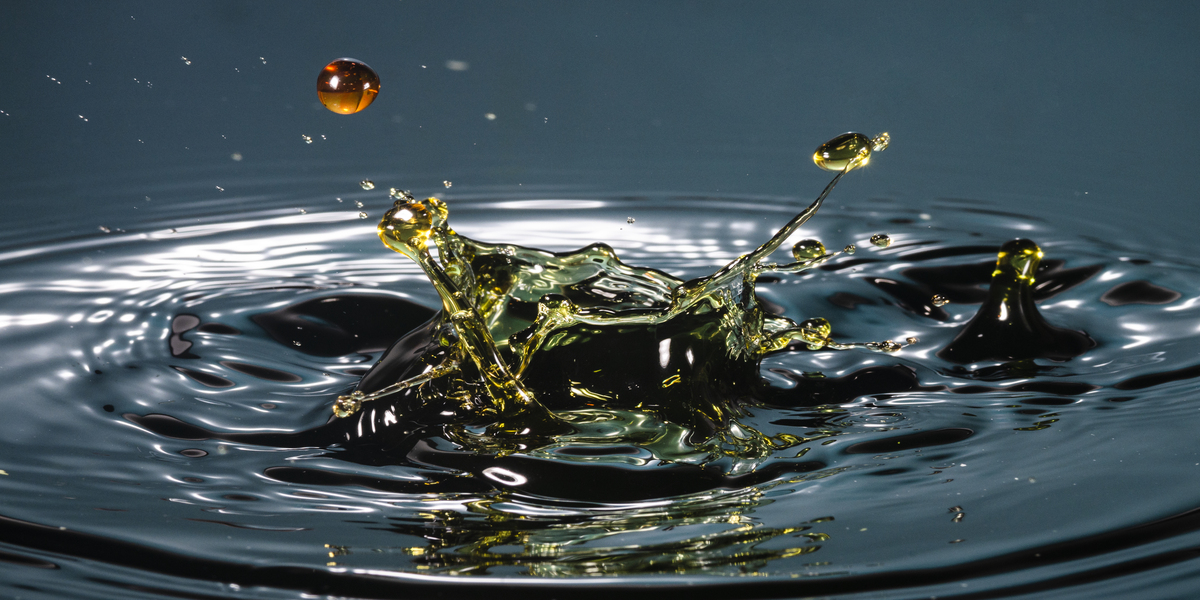For the past few months, a lot of car owners in India have been worried about the government’s push toward ethanol-blended fuel, especially the new E20 fuel—a blend of 20% ethanol with 80% petrol. Social media and casual discussions are filled with claims that E20 could damage engines, reduce performance, or increase wear and tear. Most of these fears, however, are based on half-truths and misinformation. The reality is quite different. Ethanol blending is not only safe for modern vehicles but also a key step toward cleaner air, reduced oil imports, and a greener future. In this blog, “Debunking the Myths: Why E20 Fuel is Safe, Smart, and Sustainable,” we’ll break down what E20 really means for your car, your wallet, and the environment—using facts, and show why E20 is safe, practical, and beneficial for both drivers and the environment.
Understanding E20 Fuel
E20 fuel is a mixture of 20% ethanol and 80% petrol. Ethanol is a clean-burning biofuel, usually made from sugarcane, corn, or agricultural residues. India has been using bio ethanol for years, starting with E5 (5% ethanol) and gradually moving to E10. The government’s target is to achieve E20 blending across the country by 2025-26.
So why ethanol? It reduces dependence on imported oil, lowers greenhouse gas emissions, and provides farmers with an additional income stream. In fact, companies like Khaitan Bio Energy are playing a big role in scaling up ethanol production from sustainable sources like crop residues and 2G (second-generation) biofuels.
Myth 1: E20 Will Damage Car Engines
One of the biggest concerns drivers have is that ethanol could damage their car’s engine. This is not true for most modern vehicles. According to auto industry experts and government reports:
- Most vehicles manufactured in India after 2019 are E20-compatible. That means their engines, seals, and fuel systems are designed to handle ethanol blends safely.
- Even for older vehicles, E20 will not immediately harm the engine. At worst, it may cause slightly higher wear in rubber and plastic parts over time, but carmakers are providing simple fixes and upgrades.
Reality: Carmakers are already adapting. Companies like Maruti Suzuki, Hyundai, and Honda have rolled out cars designed for E20. Automakers are also offering material upgrades and adjustments for existing vehicles.
Myth 2: E20 Lowers Mileage of the Car
Another common worry is that E20 fuel will drastically reduce mileage. Bio Ethanol does have a slightly lower energy density compared to petrol, which means a small drop in fuel efficiency is possible. But the difference is not significant.
- Tests show that mileage may drop by 3–4% on average, depending on driving conditions and the car model.
- This small reduction is offset by the lower cost of ethanol compared to petrol and the environmental benefits.
Reality: A 3–4% mileage drop is manageable and will not burn a hole in your pocket. Moreover, ethanol blending helps reduce India’s oil import bill, which indirectly stabilizes fuel prices for consumers.
Myth 3: E20 Will Affect Performance
Many drivers assume their car will feel sluggish or lose power with E20. The truth is, ethanol has a higher octane rating than petrol. Higher octane means better engine knocking resistance and smoother performance.
- Cars tuned for ethanol blends may even deliver better acceleration and engine responsiveness.
- Global markets like Brazil have been running vehicles on E20 to E100 blends for decades without performance issues.
Reality: With proper calibration, E20 can make engines run more efficiently, not less.
Myth 4: E20 is Risky for Everyday Use
People worry that filling up with E20 might be unsafe for their car if it’s not new. But here’s the truth:
- The government is ensuring a gradual rollout. E20 fuel is being introduced alongside E10 for now, so drivers still have options.
- Auto companies are publishing compatibility lists, helping owners check whether their vehicle is ready for E20.
- Fuel stations are clearly labeling ethanol blends, so customers know what they’re buying.
Reality: There is no sudden switch forcing drivers to use E20. The transition is carefully planned to avoid risks.
India’s Roadmap for E20
The rollout of E20 is not happening overnight. Here’s how India is managing the transition:
- 2023–2025: Fuel stations in major cities begin offering both E10 and E20.
- By 2025–26: Target to achieve 20% blending nationwide.
- Auto Industry Readiness: Automakers have already started producing E20-ready vehicles. By 2025, most new cars on sale will be fully compatible.
This phased approach ensures that drivers have time to adapt and that infrastructure grows steadily.
The graph below shows India’s journey toward cleaner fuels through ethanol blending in petrol. In 2014, ethanol blending was just around 2%. By 2020, it reached 5%. With strong government policies and industry support, India is targeting 20% ethanol blending (E20) by 2025 and 30% by 2030. This shift not only reduces dependence on fossil fuels but also cuts carbon emissions and strengthens India’s energy security.
Why E20 is Good for the Environment
While addressing myths is important, we should not forget why India is making this shift in the first place. E20 is a big win for the environment:
- Lower Emissions: Ethanol reduces tailpipe emissions such as carbon monoxide and hydrocarbons.
- Cleaner Air in Cities: Wider use of ethanol blends helps cut urban air pollution, especially particulate matter.
- Lower Carbon Footprint: Ethanol made from crop residues and other sustainable sources cuts lifecycle greenhouse gas emissions by up to 35–50% compared to fossil petrol.
- Less Fossil Fuel Dependence: India imports nearly 85% of its crude oil. E20 reduces the dependence on fossil fuels , saving billions in foreign exchange.
Companies like Khaitan Bio Energy are also proving how ethanol production can be sustainable. By using agricultural residues that would otherwise be burned, they not only provide clean fuel but also help fight air pollution caused by stubble burning.
How E20 Benefits Drivers
Switching to E20 isn’t just about the environment. Drivers also gain from this transition:
- Lower Maintenance: Ethanol blends burn cleaner, which helps keep engines free of carbon deposits.
- Smoother Driving: Higher octane levels ensure less knocking and smoother acceleration.
- Cost Savings in the Long Run: As India ramps up domestic ethanol production, fuel prices are expected to stabilize, helping consumers.
Global Examples
India is not the first to embrace ethanol blending:
- Brazil: Cars have been running on blends from E20 to E100 for over 40 years without issues.
- US: Most petrol sold has at least 10% ethanol, and E15 and E85 are available in many states.
- Europe: Ethanol blends like E10 are already common, and higher blends are being tested.
These global success stories show that ethanol is a proven technology, not an experiment.
Khaitan Bio Energy: Powering the Ethanol Revolution
The success of E20 depends not only on government policies but also on the companies producing ethanol. Khaitan Bio Energy is at the forefront of this effort in India. By investing in 2G ethanol plants that use crop residues, they are making sure ethanol production is sustainable, scalable, and farmer-friendly. Their innovations support the government’s blending targets while ensuring minimal impact on food crops. Their work ensures that the E20 transition is not just about blending fuel, but about creating a holistic and resilient green energy ecosystem.
Conclusion
E20 is not something to fear—it’s something to embrace. Thus by debunking the mythsabout E20, regarding engine damage, poor mileage, and performance loss do not hold up when we look at the facts. With automakers preparing vehicles, fuel stations managing the rollout, and Khaitan Bio Energy providing sustainable ethanol, India is set for a cleaner and more energy-secure future.
By 2030, millions of Indian drivers will be using E20 without even noticing a difference in their daily commute—except for cleaner air and a healthier planet. So the next time you hear someone say E20 will ruin their car, you’ll know the truth: E20 is safe for your vehicle, good for your wallet, and great for the environment.











